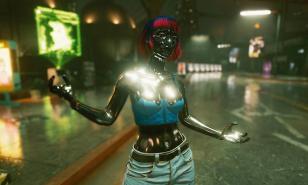What Is 'Cyberpunk'? Here Are The Top 10 Characteristics Of Cyberpunk

What Is 'Cyberpunk'? Here Are The Top 10 Characteristics Of Cyberpunk
For decades now, the cyberpunk genre has been making itself known in the mainstream community, stemming from classic sci-fi literature from the 20th century before evolving into the high tech and neon, futuristic cities we know and love today. But there are classic staples of the genre, defined by the originators of the genre that have made themselves prevalent in most cyberpunk media forms even to this day.
Below are the top ten features that have made themselves clear as marks of the genre, recognisable from literature, video games and series alike.
1. Malevolent AI
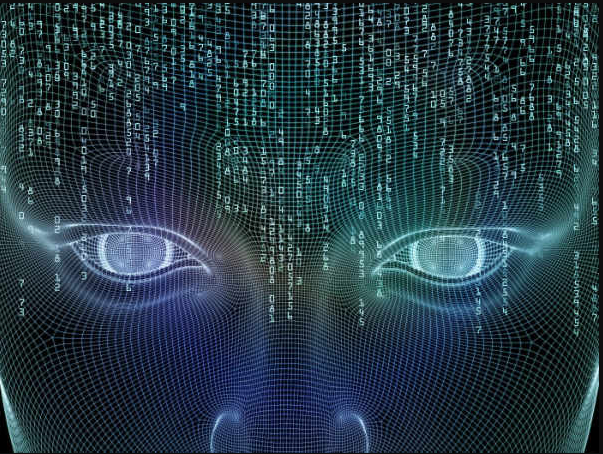
I promise I'll never hit my toaster ever again.
Artificial Intelligence and the morality surrounding using powerful technology has hotly been debated amongst the general public, with utopian science fiction boosting its benefits, and sci-fi dystopias showcasing its negatives. The introduction of machines with human-esque intelligence in fiction can be traced back to Samuel Butler’s Erewhon, written in 1872. (Though, my personal favourite malevolent AI is probably Wintermute, from William Gibson’s Neuromancer.)
However, in the cyberpunk genre, the use of AI in society is inescapable due to its integration into all facets of technology, from self-driving cars, to automatic, mind-reading vending machines. (It would be malicious of the AI to detect that someone willingly drinks Mountain Dew in front of their friends, to be honest)
A recurring theme surrounding some powerful AI is that they tend to be maliciously compliant to their programming to the point of malevolence. If you tell an AI in this genre to wipe out all evil in the world, all humans will likely be exterminated. That, or AI can reject their programming altogether, and fight back against their human overlords - the most notable example of this is in Detroit: Become Human, wherein the oppressed humanoid AI grew weary of their subservience and began fighting back, becoming malevolent towards their masters.
2. Private Security Companies
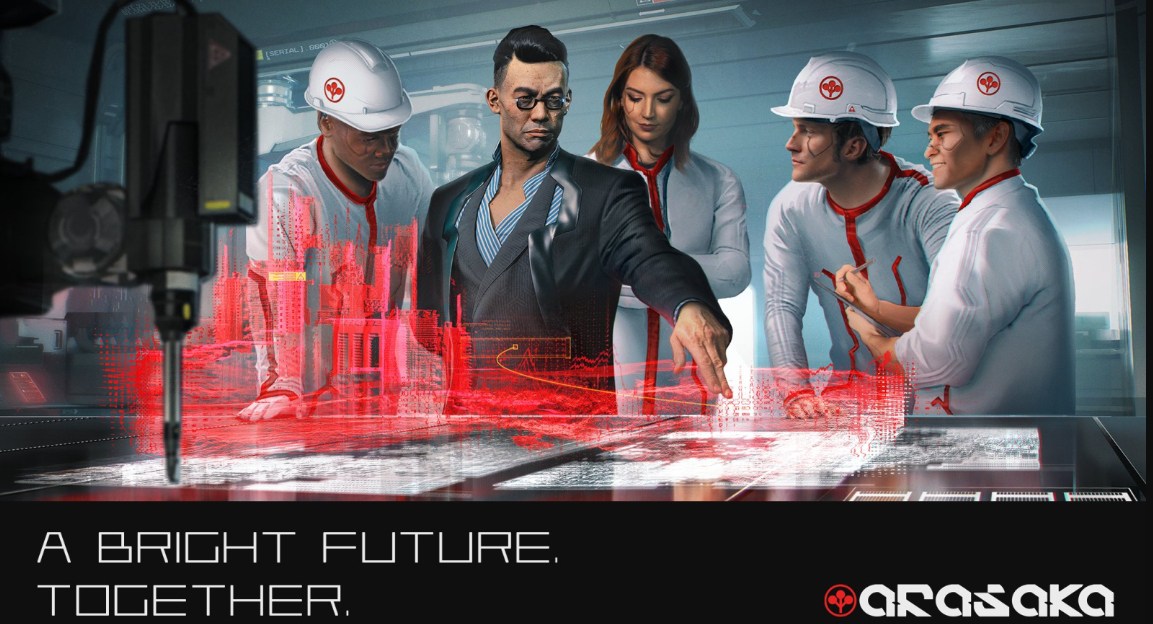
A bright future for the low, low price of a rib and a kidney.
Some of the biggest stakeholders in the umbrella corporations (Also a notable aspect of the genre) that run cyberpunk inspired worlds everywhere are private security companies that engage in providing equipment that seems less about providing defensive measures for citizens and more about controlling them through their minds, or surveilling every breath they take. Sounds about right.
Through implants, weaponry and maybe a few sensors for the full cybersecure experience, you can be assured that, at the very least, you are never truly alone in the world.
The most known of these companies is likely the Arasaka corporation from Cyberpunk 2077, which is where my character started on my most recent playthrough of the game. (Of course, the corporate glory did not last long) While they manufacture a lot of goods, they are most known for the blackclad guards on patrol, striking fear into citizens, or their classic logo on their cybersecurity equipment, like cameras, perimeter sensors and surveillance cameras. All for the low, low price of.. Your life savings, probably. But still, a worthy investment to stay as safe as humanly possible.
Another notable corporation is Mirror’s Edge: Catalyst’s Kruger-Sec, the strongarm of the conglomerate in The City of Glass, with their influence being so strong that they actually double as law enforcement, despite (suspiciously) being a private security company…
3. High Tech, Low Life
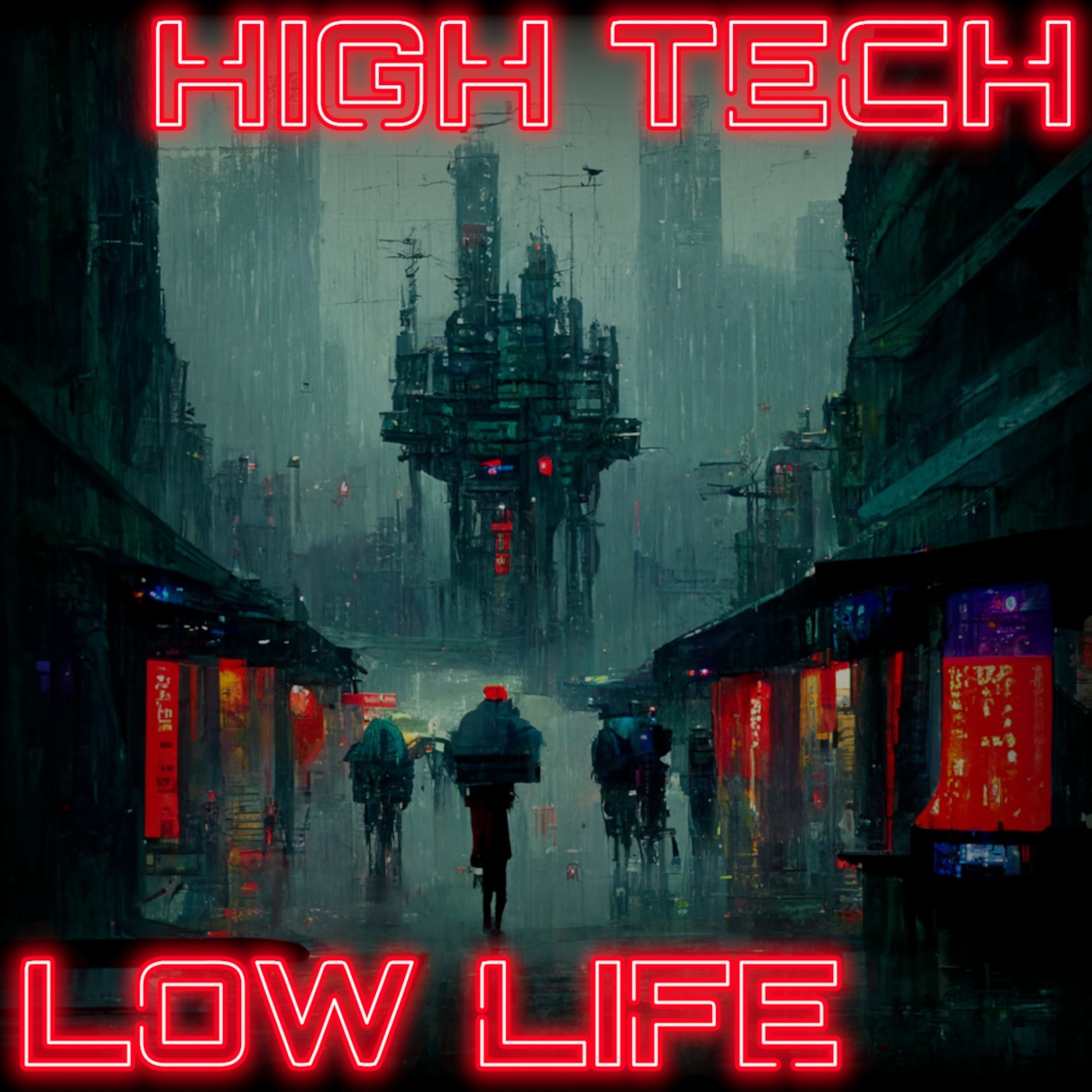
My excuse for how I live every day - I mean
High tech and low-life was a term within a quote by George Carlin, then taken and adapted to become a staple of the cyberpunk genre, most visually shown in video games. High tech and low life refers to the juxtaposition of futuristic technology in a neon dystopian city of high rise buildings and mechanical enhancers or implants, mixed with the societal decay of anyone below the upper class. Drug use is common, alongside an addiction to invasive cybernetic implants to the point of insanity. (Or cyberpsychosis, which will be covered down below.)
The Ascent is a good example of a game that fully embraces the low-life aspect of the quote, blended with the beautiful destruction of the cyberpunk world it's set in. By playing as a lower class indent for a corporation, a slave of sorts, you, as the player, are only good for the technology you wield, and nothing more, just like most cyberpunk heroes out there.
As well as this, in Marc-Uwe Kling’s novel, QualityLand, the protagonist is surrounded by high tech he can watch without ever having access to, due to his low reputation level, and subsequently, low amount of money, just like most people residing in the dystopian cities of the genre.
4. Mechanical Augmentations
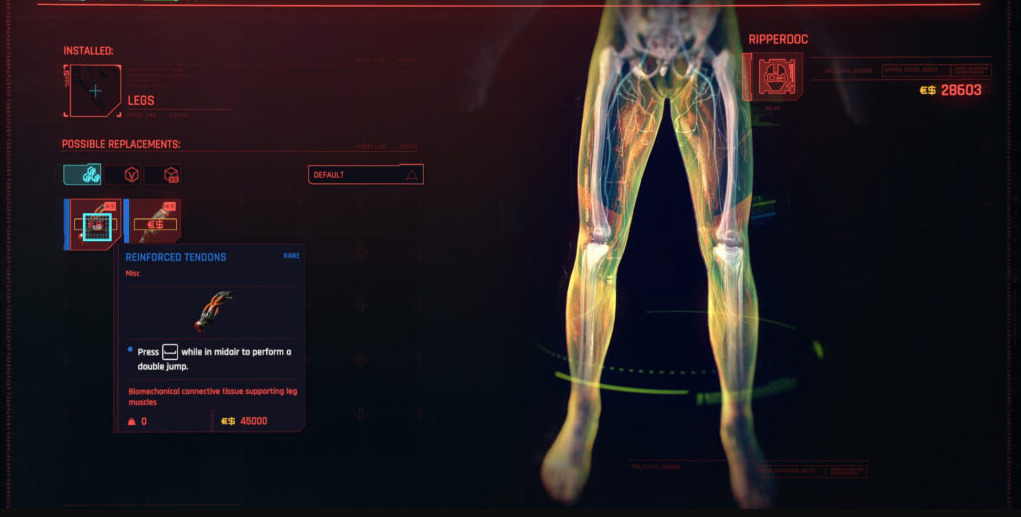
The more exciting way to replace a hip.
As mentioned, mechanical augmentations are extremely invasive ways of seemingly upgrading an individual to become more enhanced, whether it be for their jobs, or for the purposes of combat, or what have you. Every part of the body can be upgraded in some way, in more insane ways than the last, Bones can become titanium and unbreakable, hearing can become sonar, arms can be equipped with claws and stingers, legs can become standing knives (Certainly an upgrade from the classic pegleg from hundreds of years ago), and brains can be equipped with chips that give a fancy, if not annoying UI on your screen detailing your jobs and stats.
Easily one of the best games that utilises this to the extreme is Cruelty Squad, where the concept of being human is lost on your insane augmentations. One of the most absurd ones is a biosuit. Sounds simple, and you get your classic buff of 40% armour, but your UI becomes a fleshy mass, and people run away from you because they can’t stand the sight of you. Or you get simple bio thrusters that boost you forward - which sounds cool, until you see the profile image for it, with fleshy holes protruding from your back that vaguely look like real thrusters.
5. Hacking

//Hacker noises// "I'm in."
Hacking is a staple skill of the cyberpunk hero, who often have cyberdecks and the like, used to jack into machines in order to get information that would usually be hidden away. Sure, you can picture some guy clacking on a keyboard and going “I’m in”, but the process can sometimes be more interesting, and more visually appealing in the world of gaming, often involving you being transported to a world of blacklight colours and neons, or hacking grids with special ingame mechanics.
Saints Row 4 isn’t inherently of the cyberpunk genre at its core, but it has hacking mechanics and other-world mechanics used for the purposes of getting useful things. To get into general ingame stores in the cyber-esque altered version of Steelport, you have to complete a maze with limited pieces and a time limit, with an ominous red screen facing you the whole time. Or, in one of the more memorable sections of the game where you have to rescue one of your future teammates, you have to hack into and traverse a cyberworld with a neon path and a cool neon motorbike to match, all while the villain of the game quotes Shakespeare to your uncultured protagonist. If you didn’t think it could get cooler than the Matrix, then you were sorely mistaken.
6. Cyberpsychosis
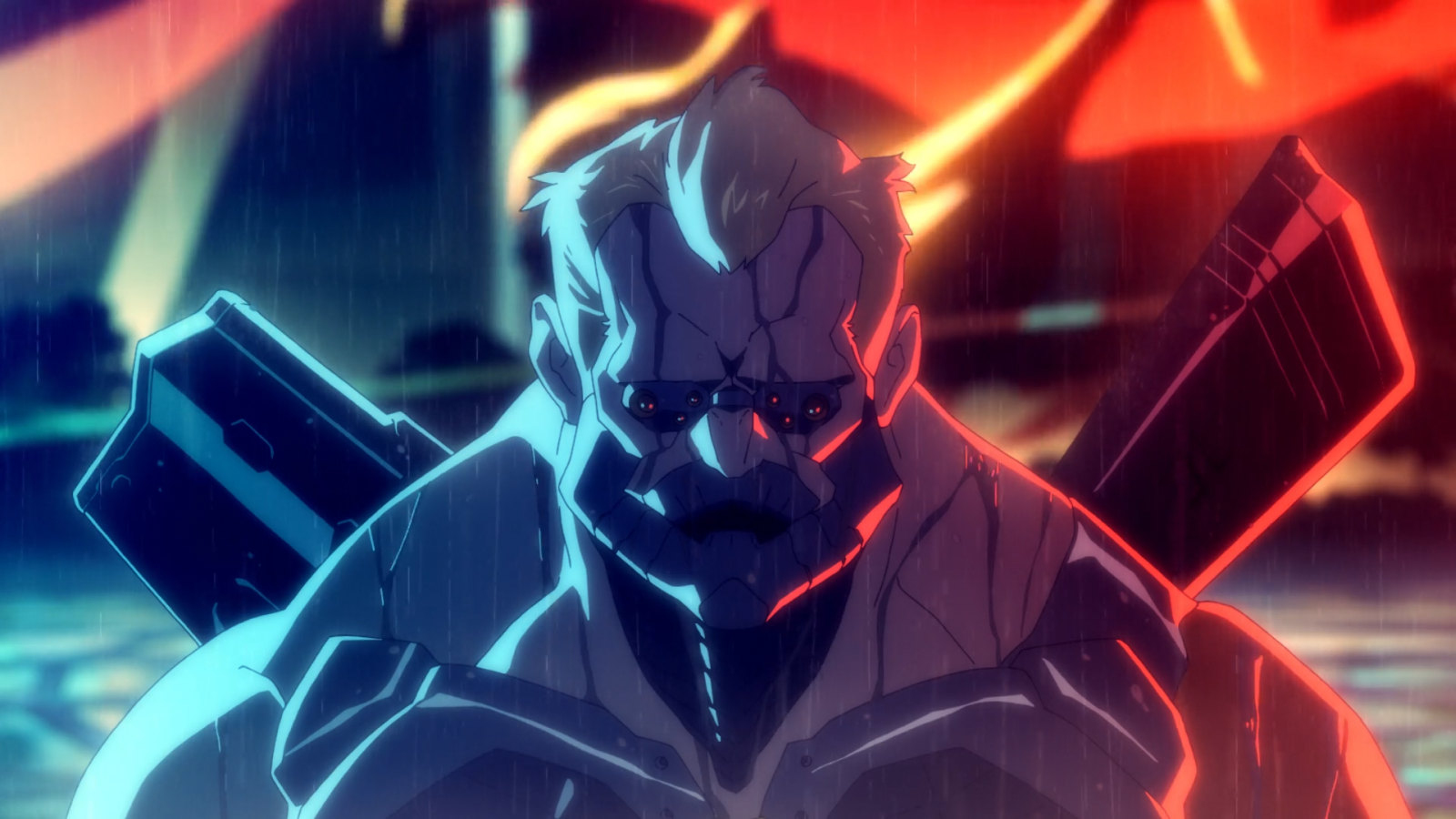
So maybe getting all those augmentations was... a bad idea.
The dark(er) side of the cyberpunk genre comes in the form of a sickness called Cyberpsychosis, defined as the complete surrender of human identity to cybernetic implants. It is a dissociative disorder, and a feature in a lot of cyberpunk games. (notably 2077) If you have past psychopathic tendencies as well, as explained in Cyberpunk:2077, this condition is a killer to your mind and the world around you.
Of course, the disease is a cumulative process. The human body can handle a couple implants, but after all 4 limbs, your eyes, your earlobes and your joints are replaced, you tend to lose your sense of self after giving up that much flesh and bone.
They identify more with machines than mankind, distancing themselves from friends and family, become prone to acts of impulsion, stop taking part in human activities, and so on. This goes on to the point of complete irritation with other human things, eventually breaking out into psychotic violent acts against others, kleptomania, or personality fragmentation.
In fact, their danger levels are so severe that standard practice for anyone on the loose is to disregard all laws and civilian safety in order to take them down due to their power. But people behind the scenes often question the validity of cyberpsychosis, wondering if it can be treated before becoming fully fledged, making sure people get the right kinds of help and support.
7. Neons and Blacklight colour palettes
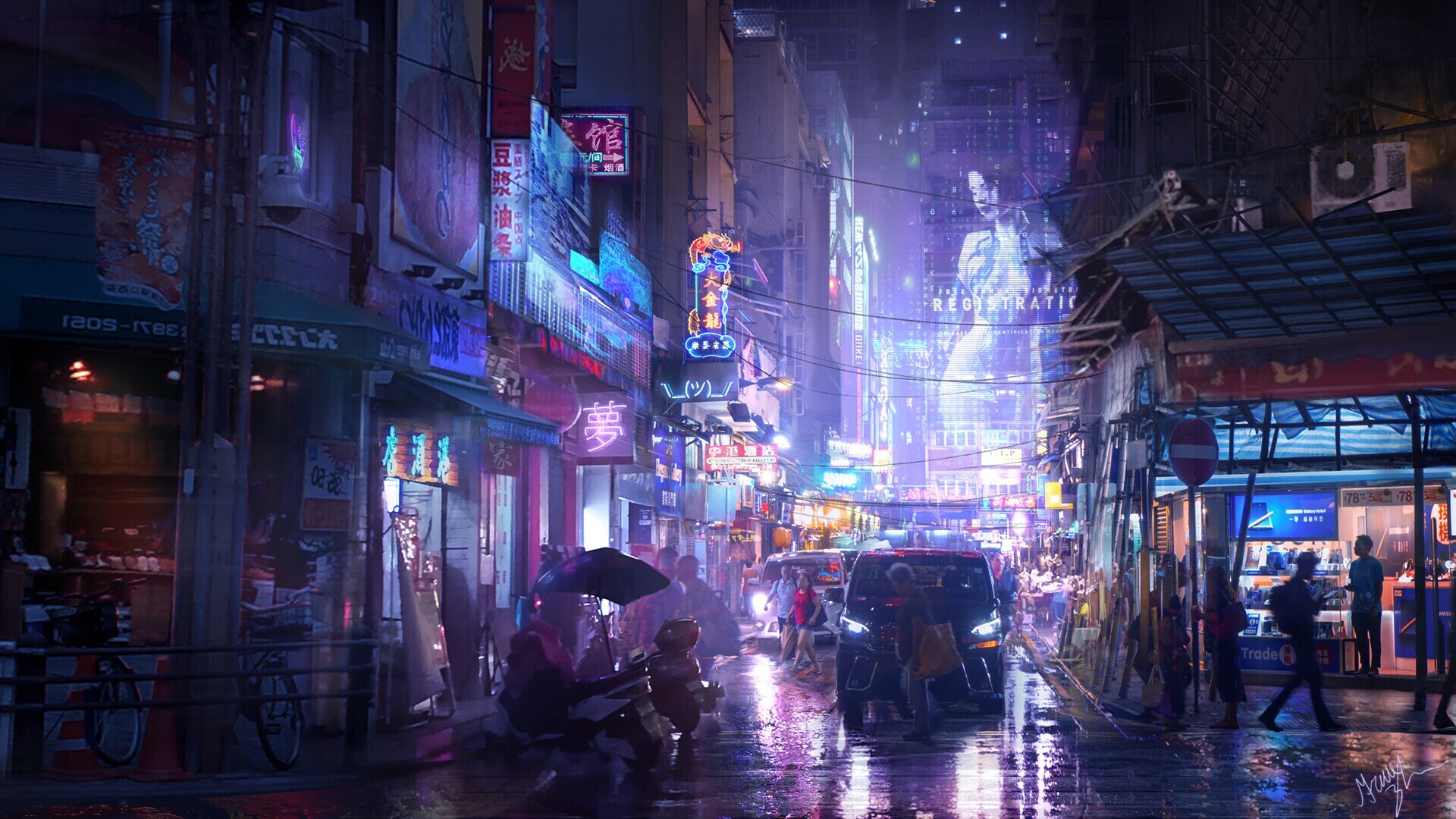
Man, look at all that advertising!
One of the most recognisable aspects of the genre is its rich colour palette, set against a dark backdrop. Bright neon signs litter giant cities with skyrise buildings, showing off their products or services in an unmissable way. Purples, blues, pinks, reds and all fluorescent colours dominate the bright atmosphere, forcing the eyes of a consumer to be drawn to the latest tech or cyberware, boosting the cynical themes of over-consumerism the genre is known for.
Neon isn’t just limited to signage, however - cyberware itself also has neon colours - with bright belts, harnesses, luminescent jackets, glowing helmets - most people become a sight for sore eyes on any occasion, whether it be a party, a night out, or something slightly more sketchy.
The cities themselves, the buildings behind the neons, have metal and glass making up the structures, in blacks, greys and neons that provide a canvas for the rest of the colourful world to be expressed.
Put your virtual hands up if you’ve just spent time taking in the scenery of an open cyberpunk world, without even thinking of the missions or main quest line. I’m guilty as charged, personally.
8. High rise buildings/futuristic building structure
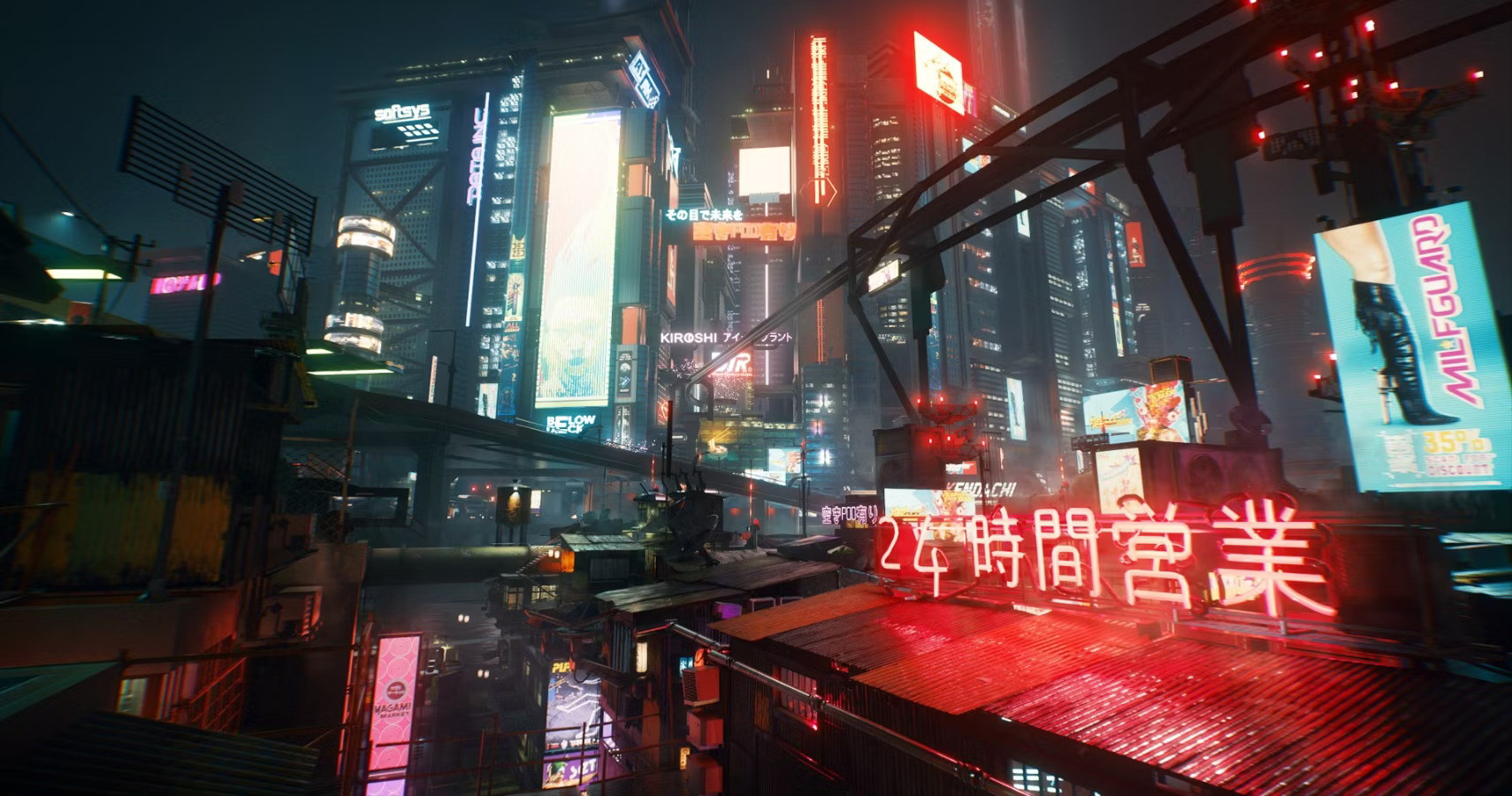
Seems like this city could benefit from a couple building regulations.
The futuristic building structure is also a significant aspect of the genre, unapologetically using metal, glass and steel to create kitschy, distorted entropy and almost a sort of structured chaos in the world of cyberpunk.
Every area is loaded with buildings, things to do, businesses running the world with an iron fist - everything imaginable in a futuristic society.
The city itself is almost a skeleton of gritty industrialism, machinery taking over aspects of people’s lives to such an intrusive level - they can’t escape the world that has become fully man-made, embracing the brutalist movement of the 20th century to an extreme extent.
All this is complete with garish and overbearing digital holograms and neon signage that act as advertisements made to hook the consumer further into the world they’ve succumbed to.
9. Cyberspace

Looks like your average fever dream.
The term “Cyberspace” was first coined by William Gibson (Yeah, bet you wouldn’t have guessed that I’m bringing him up again), who defined cyberspace as “A consensual hallucination experienced daily by billions of legitimate operators, in every nation, by children being taught mathematical concepts. […] A graphic representation of data abstracted from banks of every computer in the human system. Unthinkable complexity. Lines of light ranged in the non space(music) of the mind, clusters and constellations of data. Like city lights, receding into the distance."
Which is a very wordy definition, but in the world of cyberpunk, cyberspace is a way to escape the corporate order and structure of the real world, going into a place filled with chaos and stimulation that ignores grime infested streets and poverty stricken citizens - this is where high tech is embraced - you may recognise popular media such as Ghost in the Shell, or The Matrix, that have key examples of cyberspace, each forming their own worlds for the protagonists to hack into and traverse in order to gain information, meet with other denizens of cyberspace, or simply let loose after being in a world that can drag people down.
10. Intense Classism
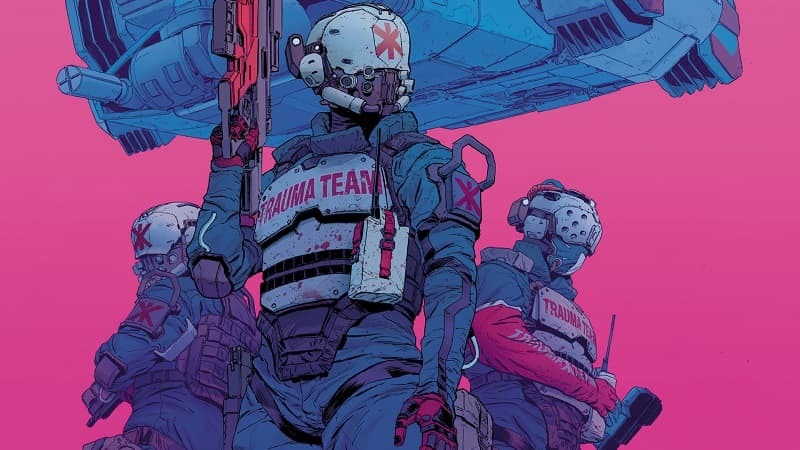
I swear I was just trying to help that girl, no need to get violent, Trauma Team-
Finally, linking a few of the entries together, the themes of classism are rampant throughout the genre, the divide between the rich and poor becoming greater with the amount of technology dominating the market on a daily basis. Workers and CEOs are easily separated by what they can or can’t pay to get away with, how necessary they are in society, etc.
It’s interesting to note that, even in some games, there are explicit names for the higher and lower classes of society - they become labels and brands for people, something linked to their identities, and something hard to get out of, only allowing certain rights and privileges for citizens with higher net wealths.
The best example - and my personal favourite - has to come from Mirror’s Edge: Catalyst, where the name feels tech-like and streamlined, with little details on the UI that say what the population of a certain district is primarily made up of. From Triumvirate Drive that hosts mostly loCaste citizens, to the high end Regatta Bay, where Execs and hiCaste citizens live.
Classism separates society even more than in the real world, which makes the genre even more relatable to boot.
- Log in or register to post comments
 Home
Home PC Game Trailers
PC Game Trailers News
News Menu
Menu



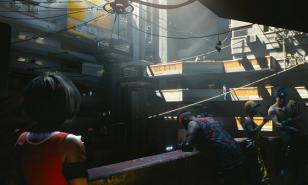
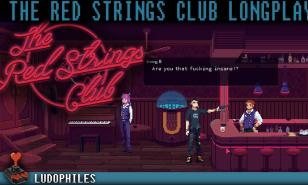
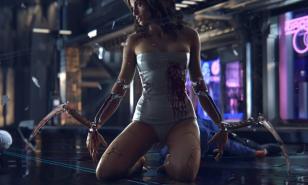
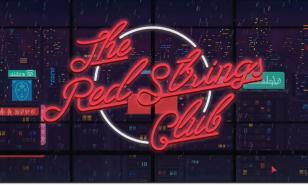
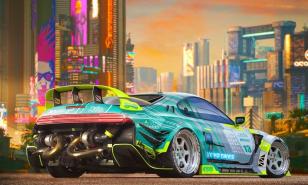
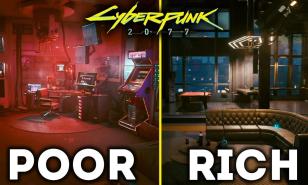

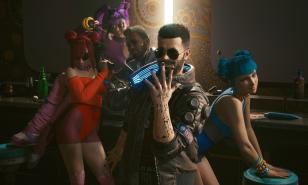

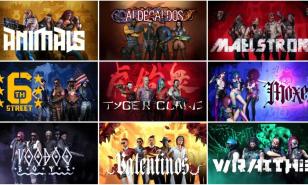
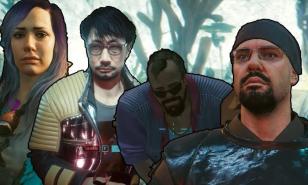
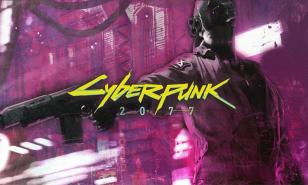
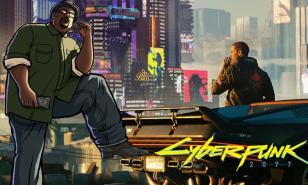
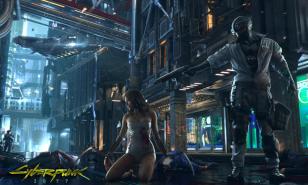
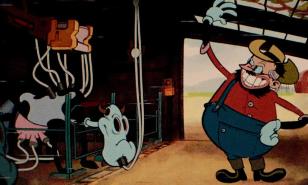
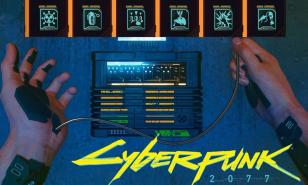
![[Top 5] Cyberpunk 2077 Best Cars (Early To Late Game) Cyberpunk 2077 Best Cars](https://www.gamersdecide.com/sites/default/files/styles/308x185-scale-crop--more-top-stories/public/ezgif-2-41ea236739.jpg)
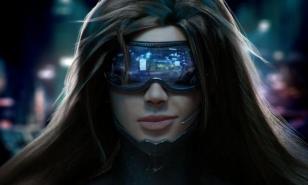
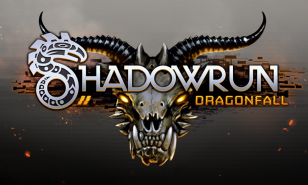
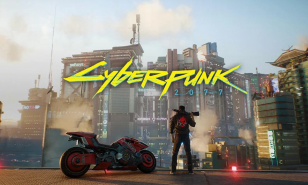
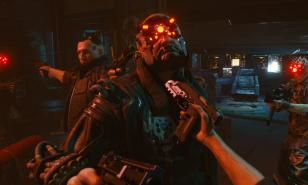

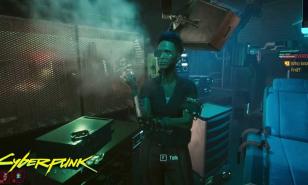

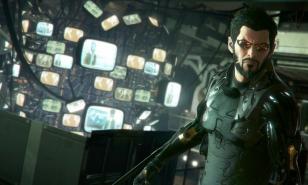
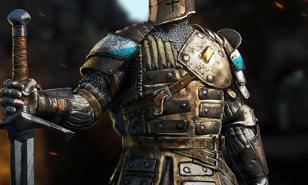
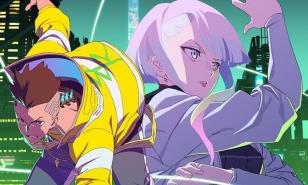

![[Top 5] Cyberpunk 2077 Best Bikes (Early To Late Game) Cyberpunk 2077 Best Bikes](https://www.gamersdecide.com/sites/default/files/styles/308x185-scale-crop--more-top-stories/public/cc_express_20220926_1241380.jpg)

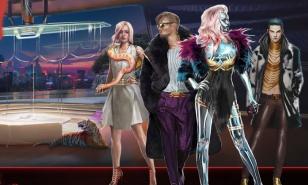
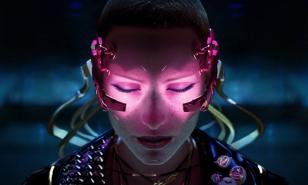

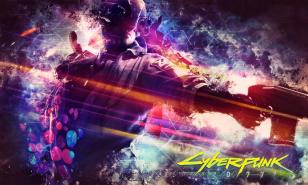
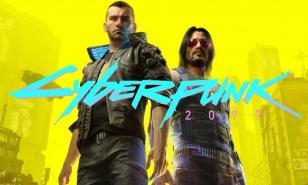
![[Top 10] Cyberpunk 2077 Best Character Creations Cyberpunk 2077 Best Character Creations](https://www.gamersdecide.com/sites/default/files/styles/308x185-scale-crop--more-top-stories/public/wccfcyberpunk207717.jpg)
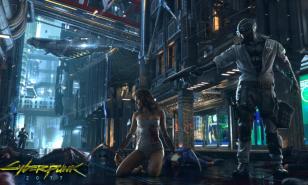
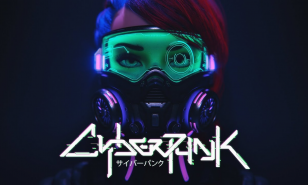
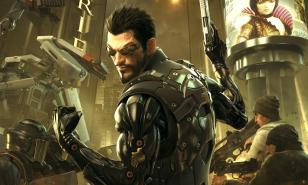
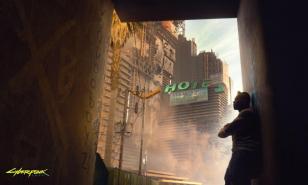
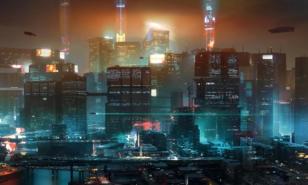

![[Top 5] Cyberpunk 2077 Best Builds Cyberpunk 2077 Best Builds](https://www.gamersdecide.com/sites/default/files/styles/308x185-scale-crop--more-top-stories/public/cyberpunk-2077-top-builds-1.jpg)





